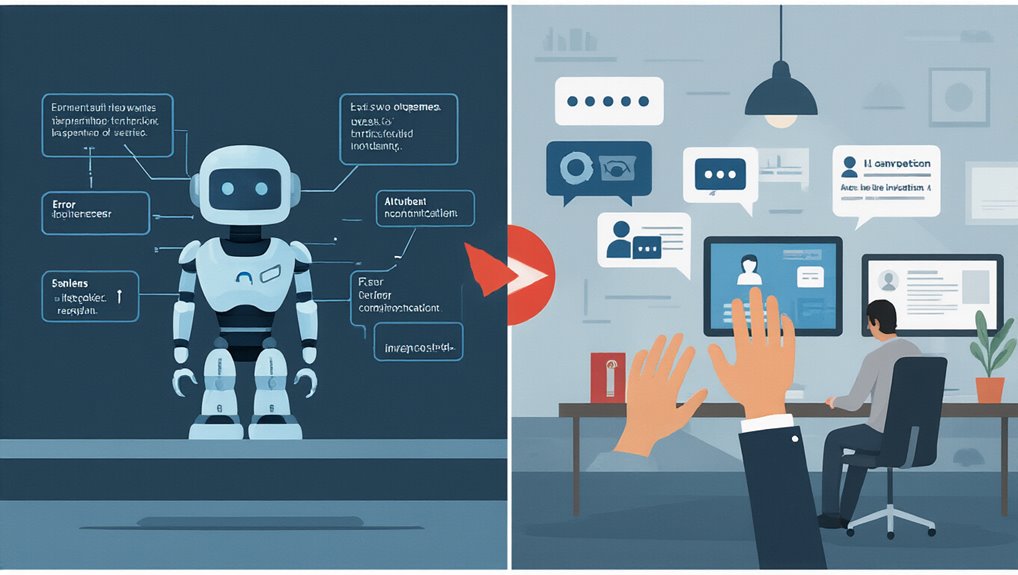Why do so many businesses hesitate when considering contact center outsourcing? The answer often lies in persistent misconceptions about costs and quality. These myths prevent organizations from leveraging valuable opportunities to enhance their customer service operations.
The notion that outsourcing is solely about cost reduction misrepresents its extensive benefits. While financial savings are significant, outsourcing provides access to specialized talent pools, including multilingual agents. Companies gain 24/7 customer support capabilities and the flexibility to scale operations during high-volume periods without permanent staffing commitments.
Additionally, organizations experience reduced strain on internal resources, particularly in talent acquisition and management. Outsourcing can save hotels and businesses approximately 30% on operational costs compared to maintaining in-house teams.
Quality concerns represent another common misconception. Research demonstrates that companies partnering with business-process-outsourcing centers maintain customer satisfaction scores equal to or better than in-house operations. The key differentiator isn’t whether service is outsourced but rather how partnerships are structured. Success depends on establishing clear performance expectations, quality metrics, and measurement protocols.
Modern contact center technology enables unprecedented operational visibility. Real-time reporting and advanced analytics provide windows into productivity and quality metrics. Daily, weekly, and monthly reports on key performance indicators ensure accountability.
Reputable providers specialize in aligning with brand voice and service standards, training agents on company offerings and values. The implementation of robust communication channels between in-house management and outsourced teams is essential for maintaining service consistency and addressing any operational challenges promptly.
The belief that in-house call centers inherently outperform outsourced operations lacks substantiation. Performance depends on proper team structuring rather than employment models.
Companies often underestimate the extensive costs of operating internal call centers, particularly when considering benefits, management, and infrastructure expenses. Setting up an in-house call center requires significant upfront investments in workforce, training, technology, and physical space that many businesses fail to fully account for in their budgeting.
Contrary to popular belief, outsourcing isn’t exclusive to large enterprises. Many providers specifically serve smaller operations with particular needs, such as overnight coverage or specialized industry knowledge. This makes outsourcing accessible to businesses of various sizes.
When evaluating contact center outsourcing, organizations should assess their specific requirements against the total value proposition. By moving beyond these common myths, businesses can make informed decisions that enhance customer service capabilities while optimizing operational efficiency.









